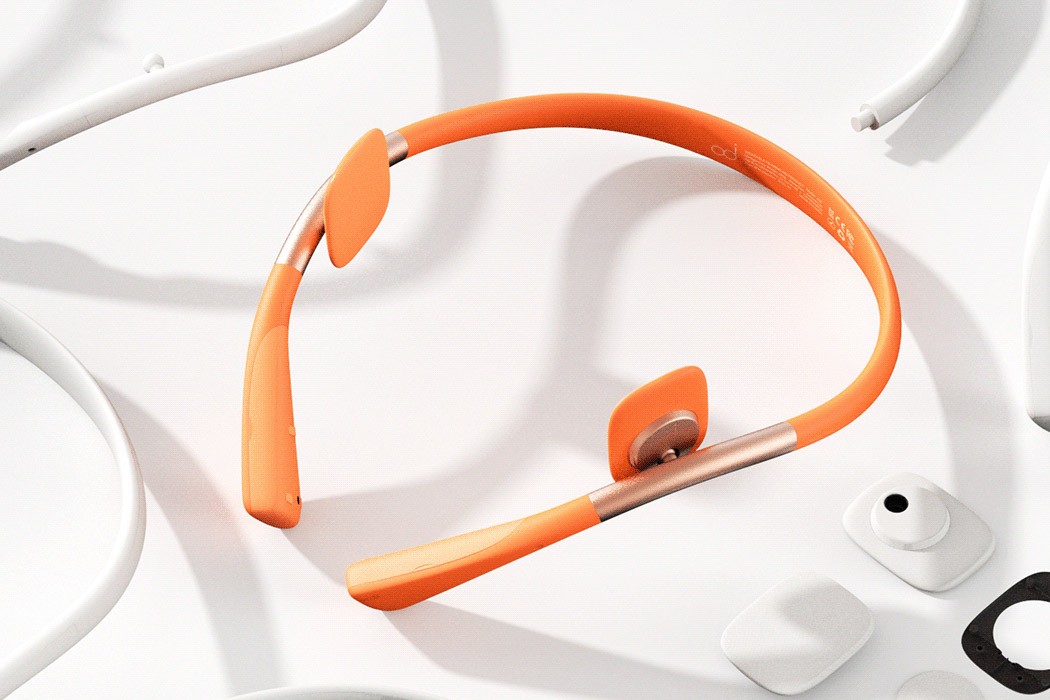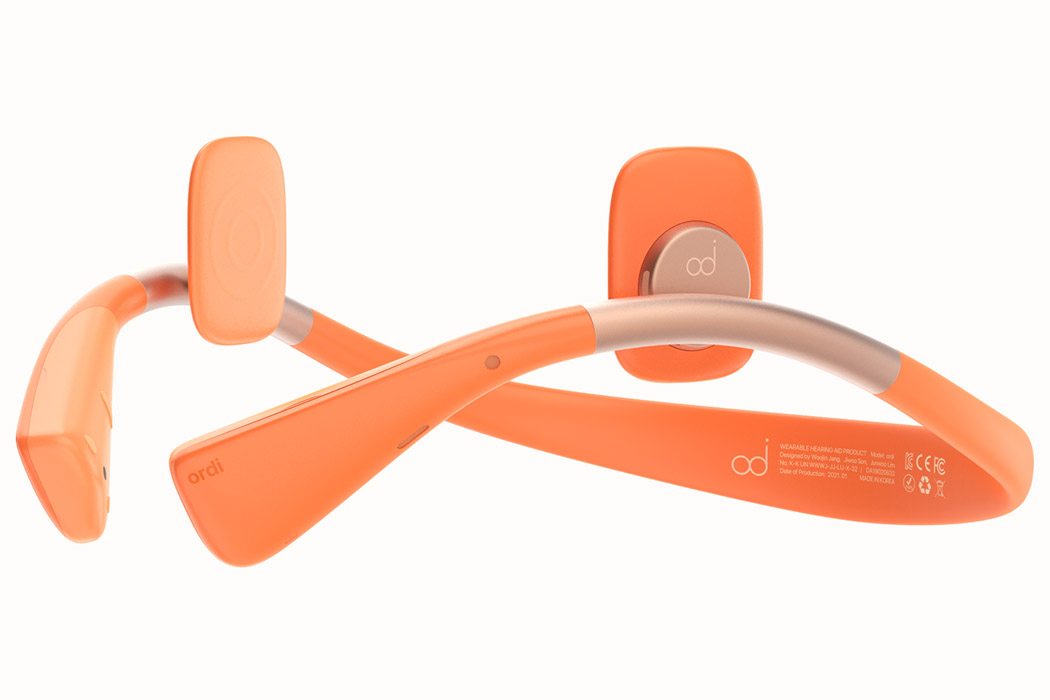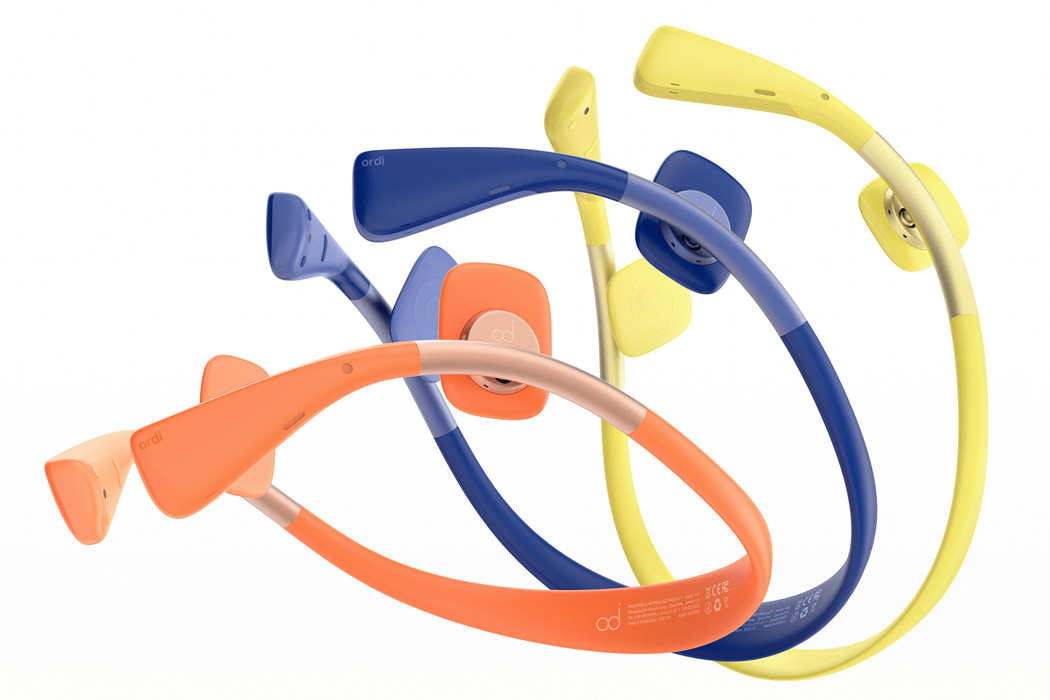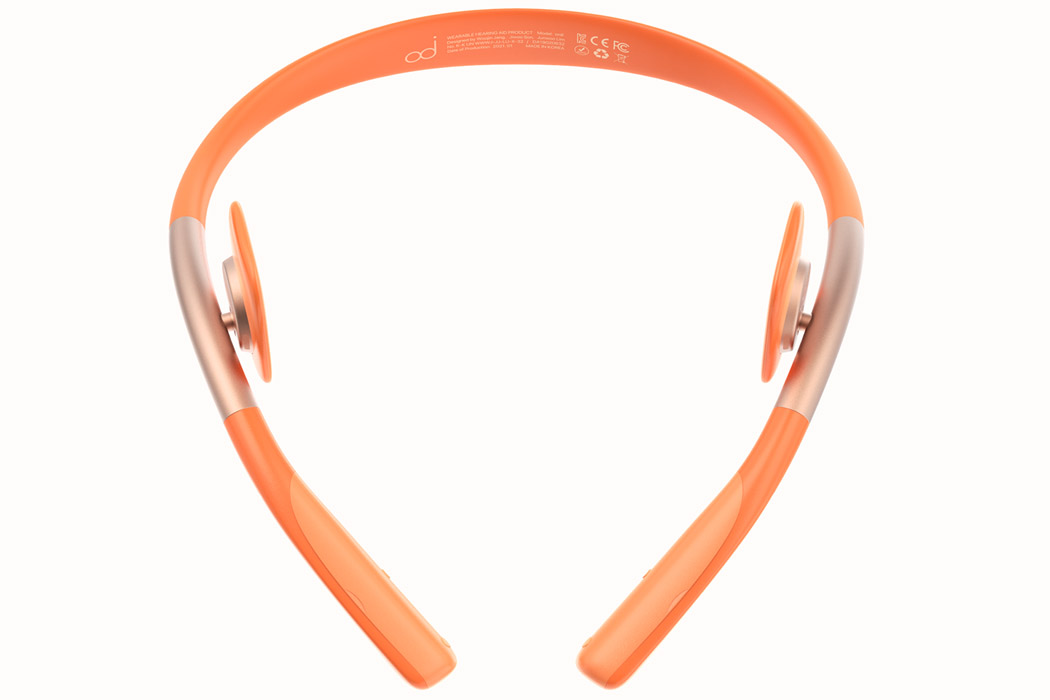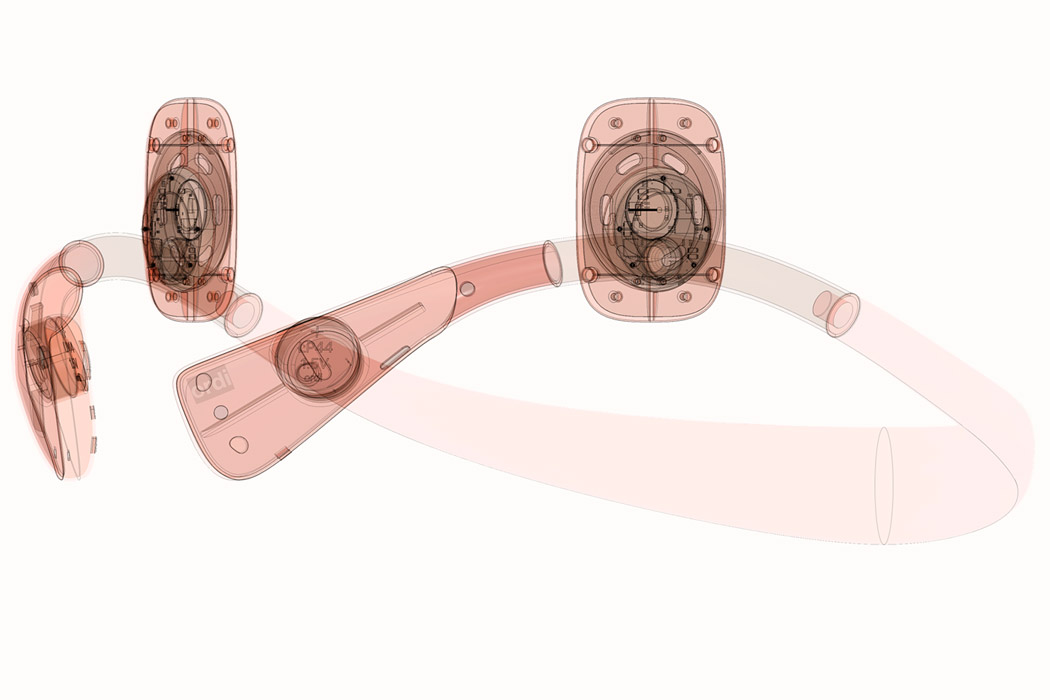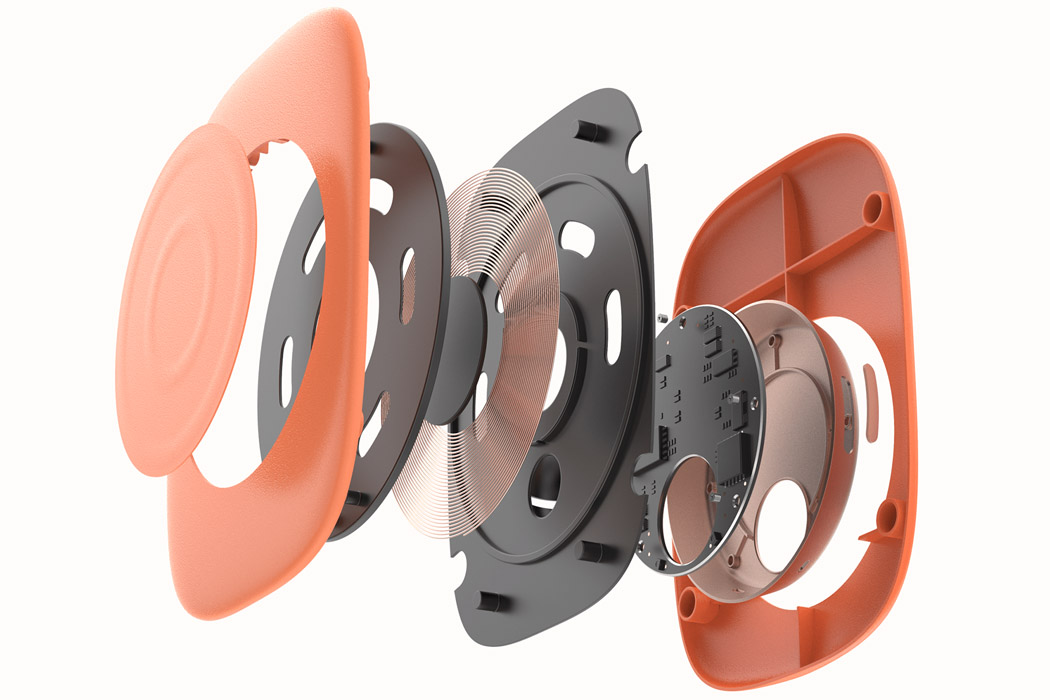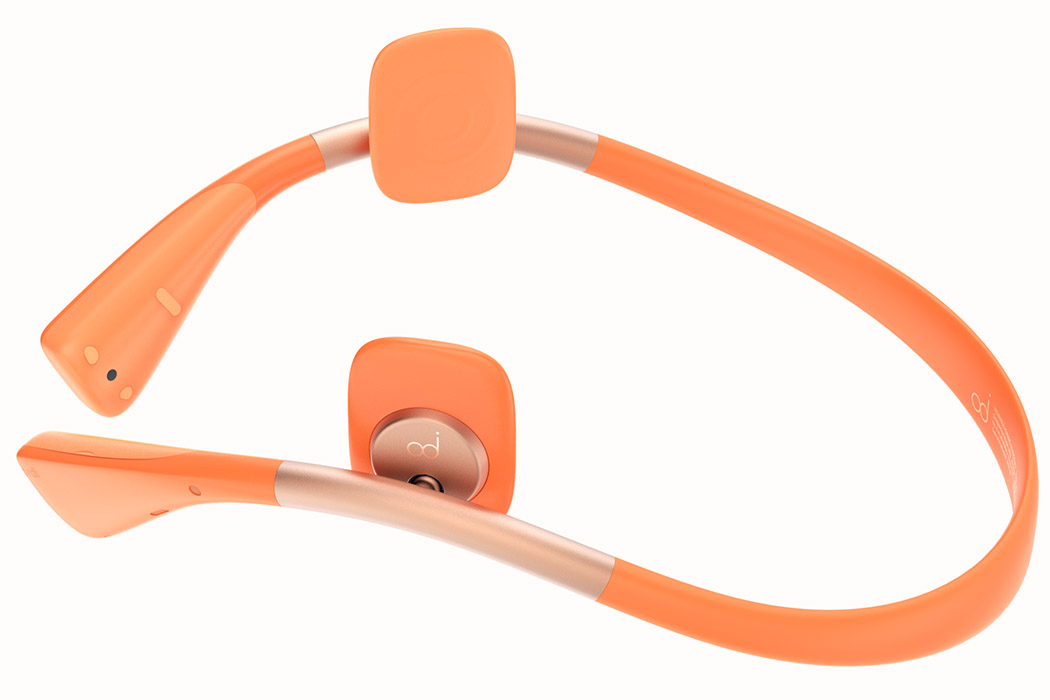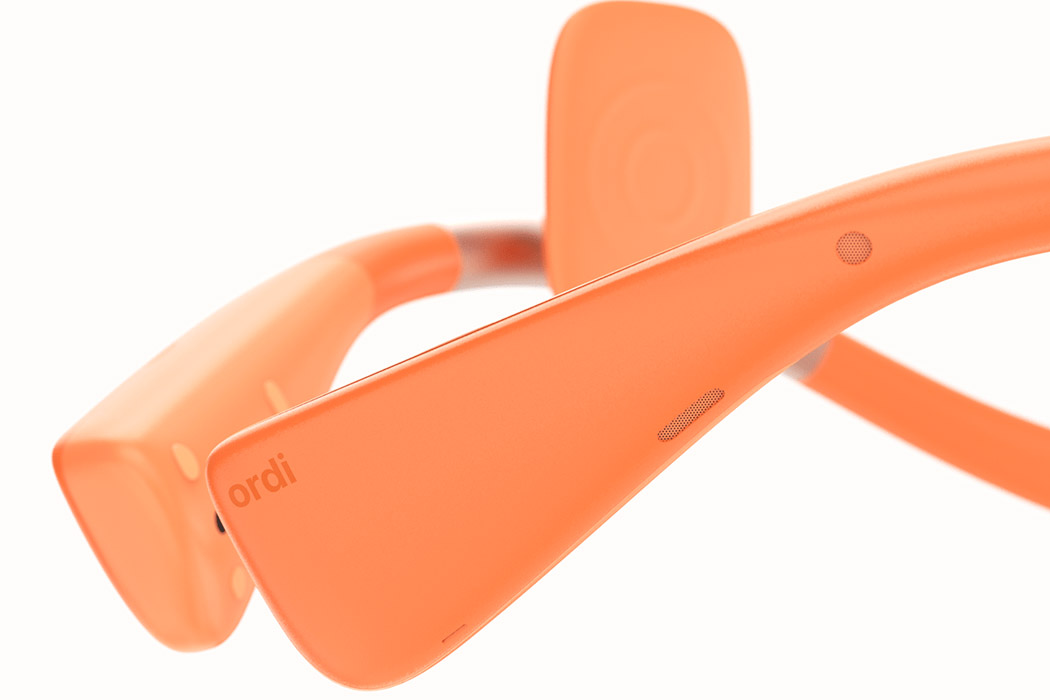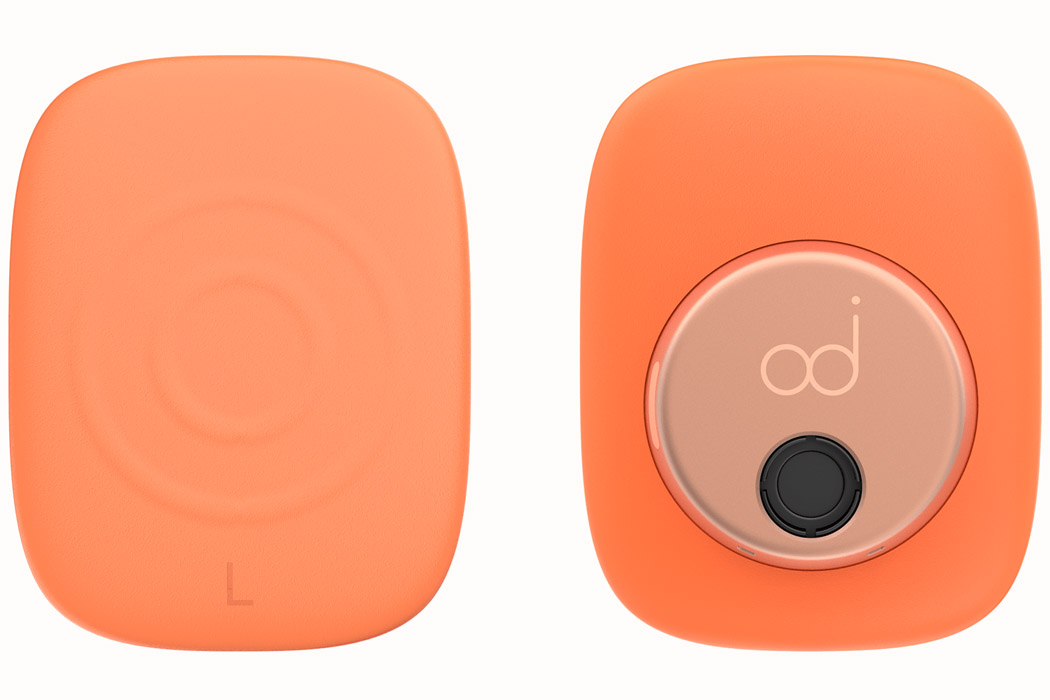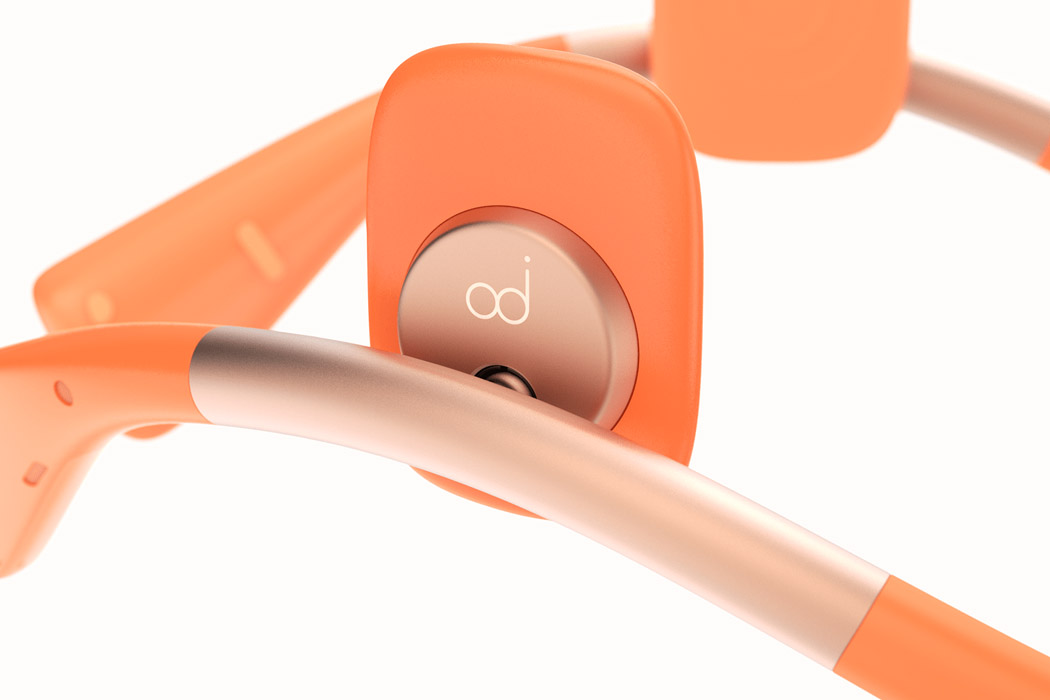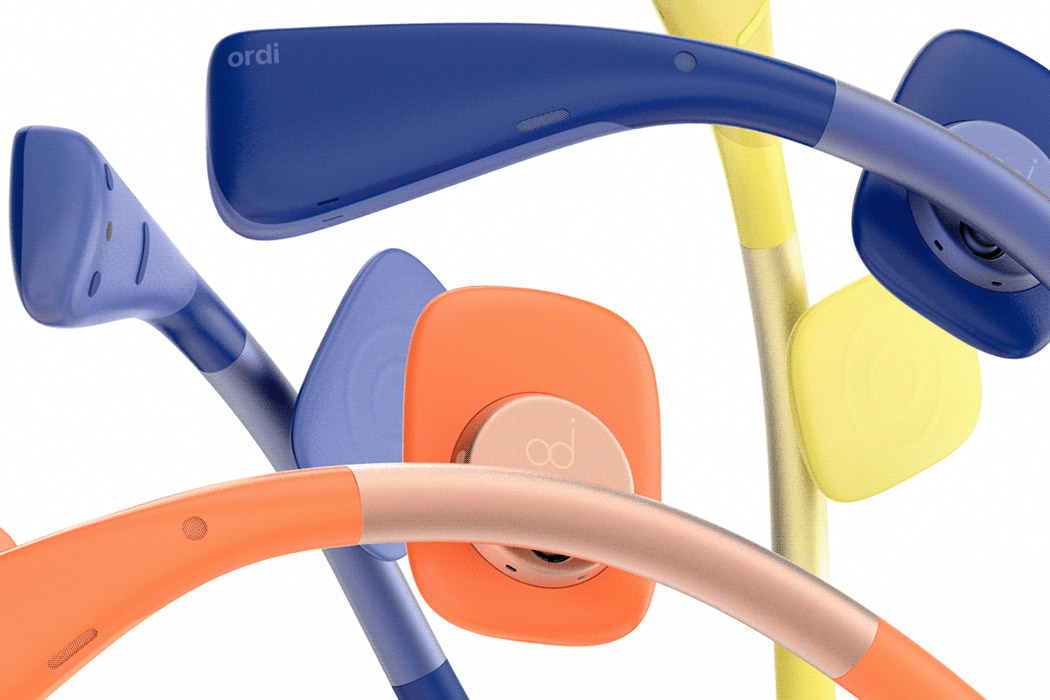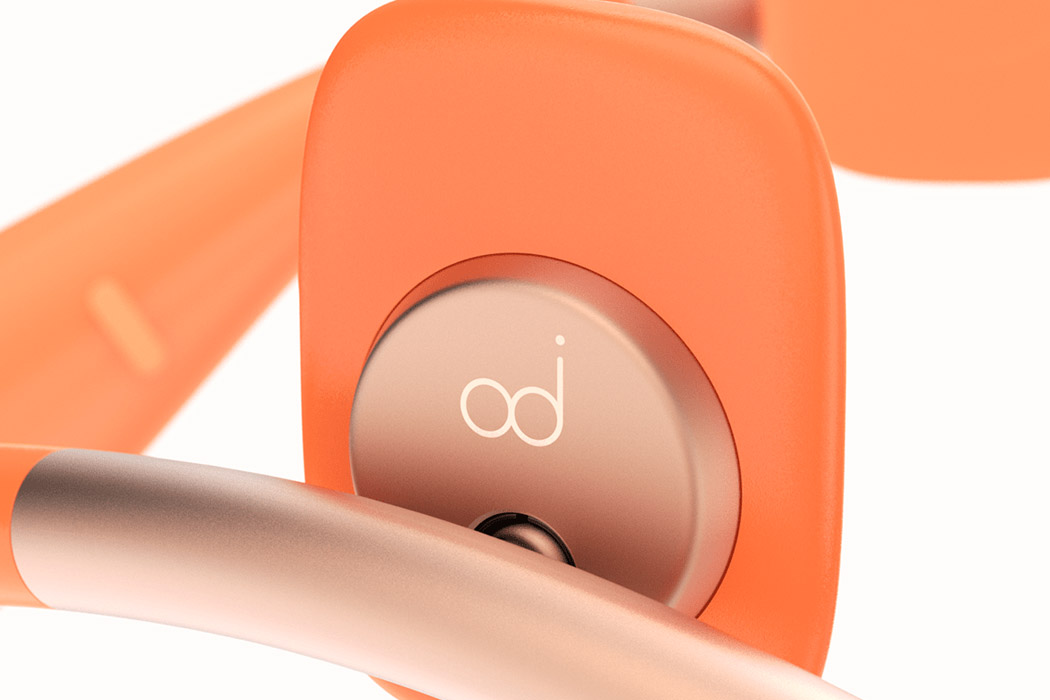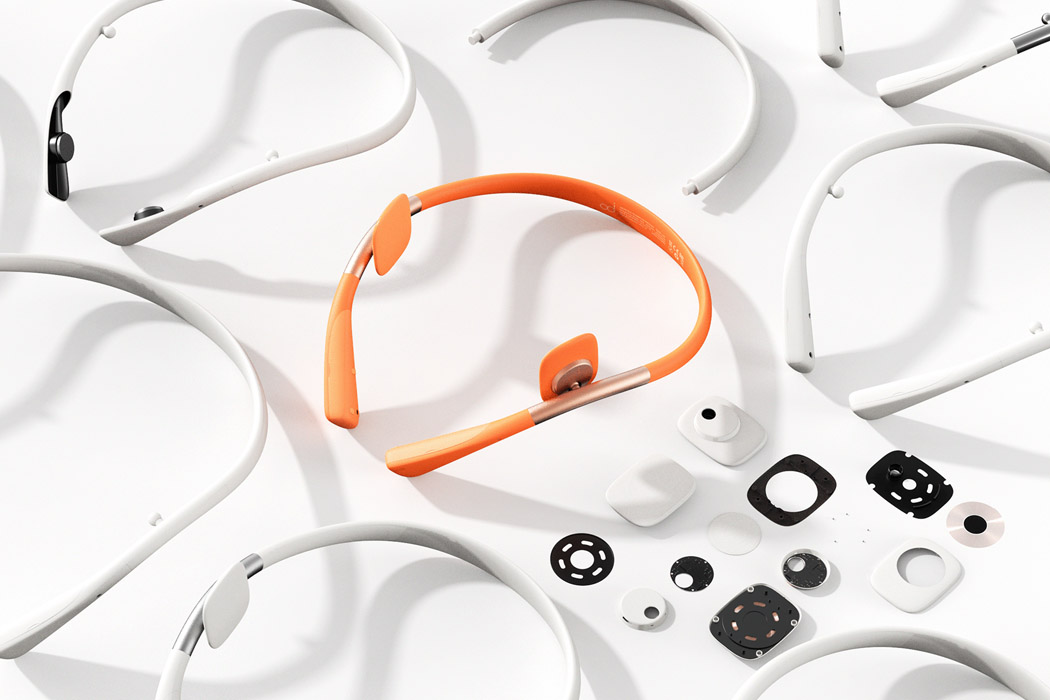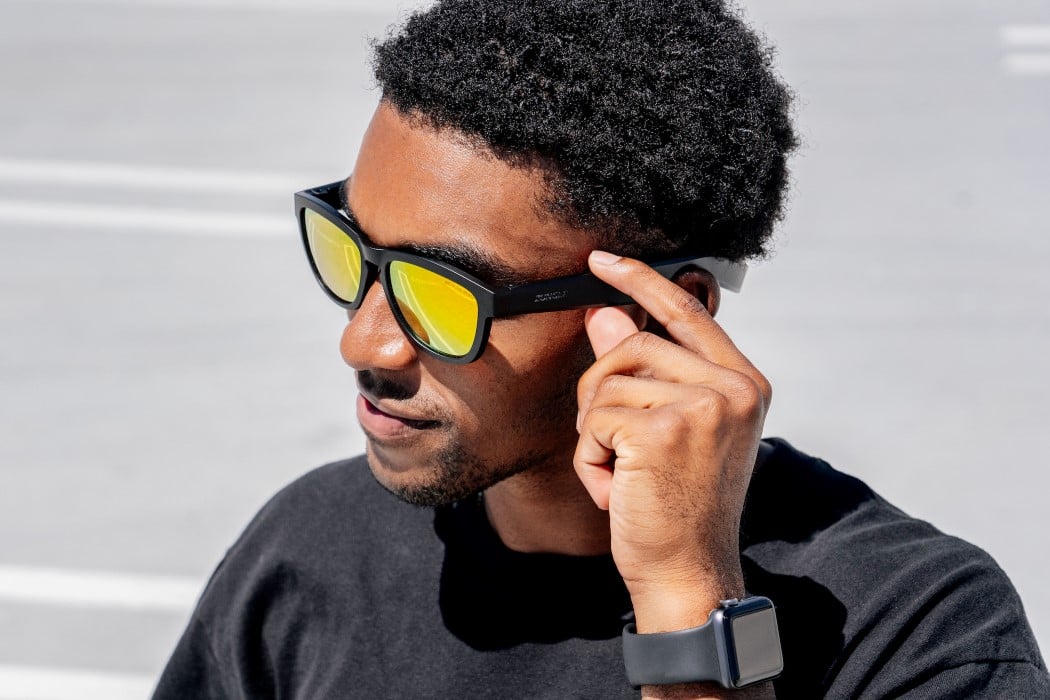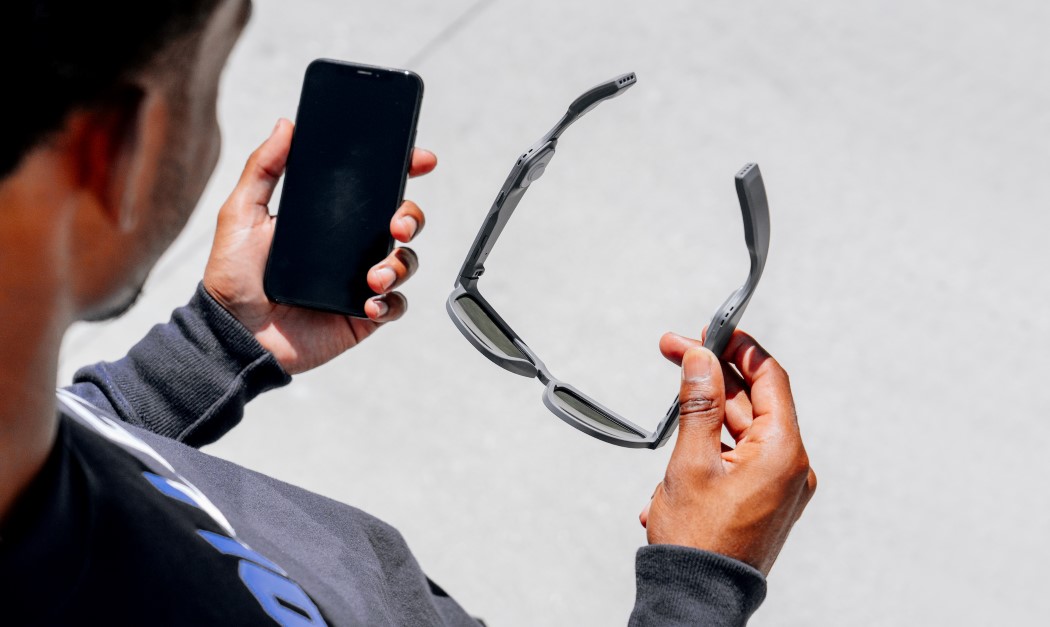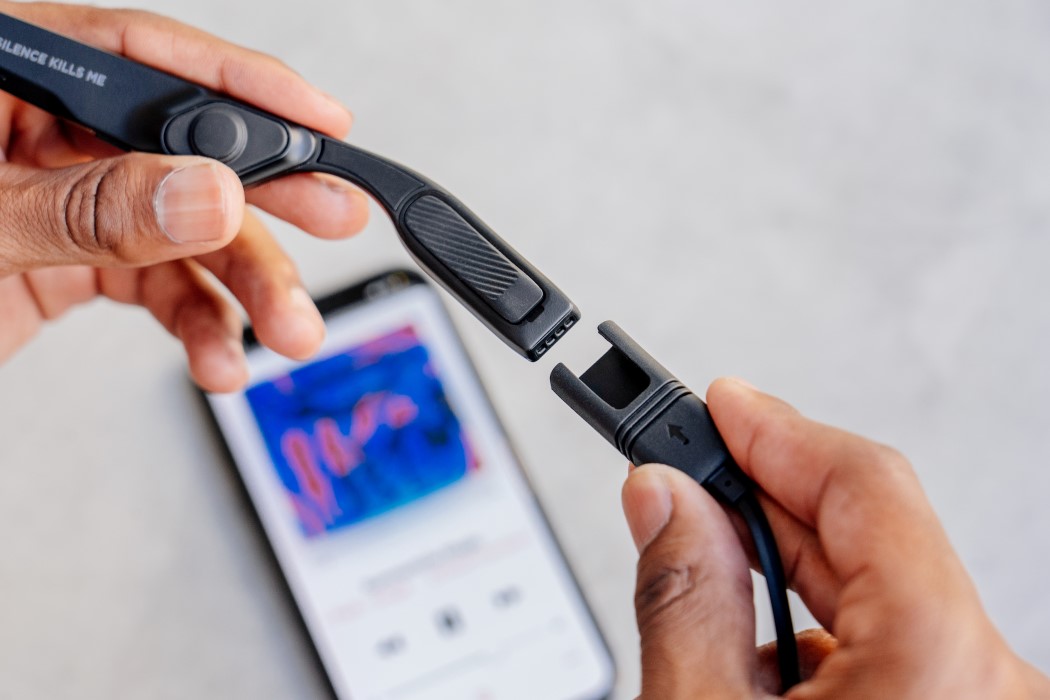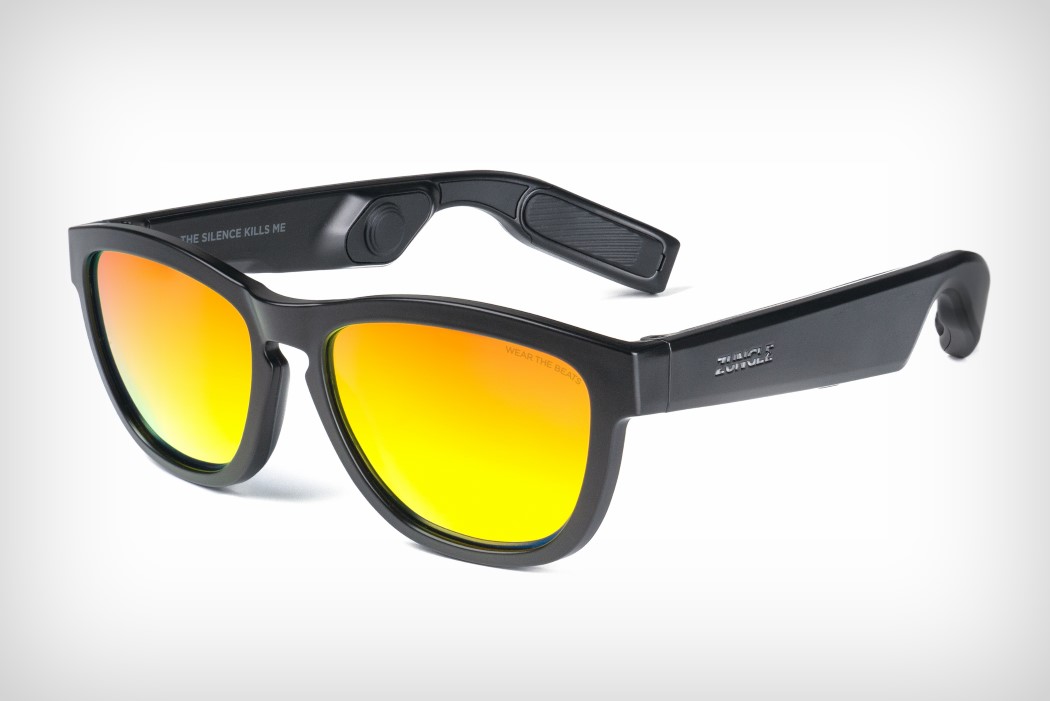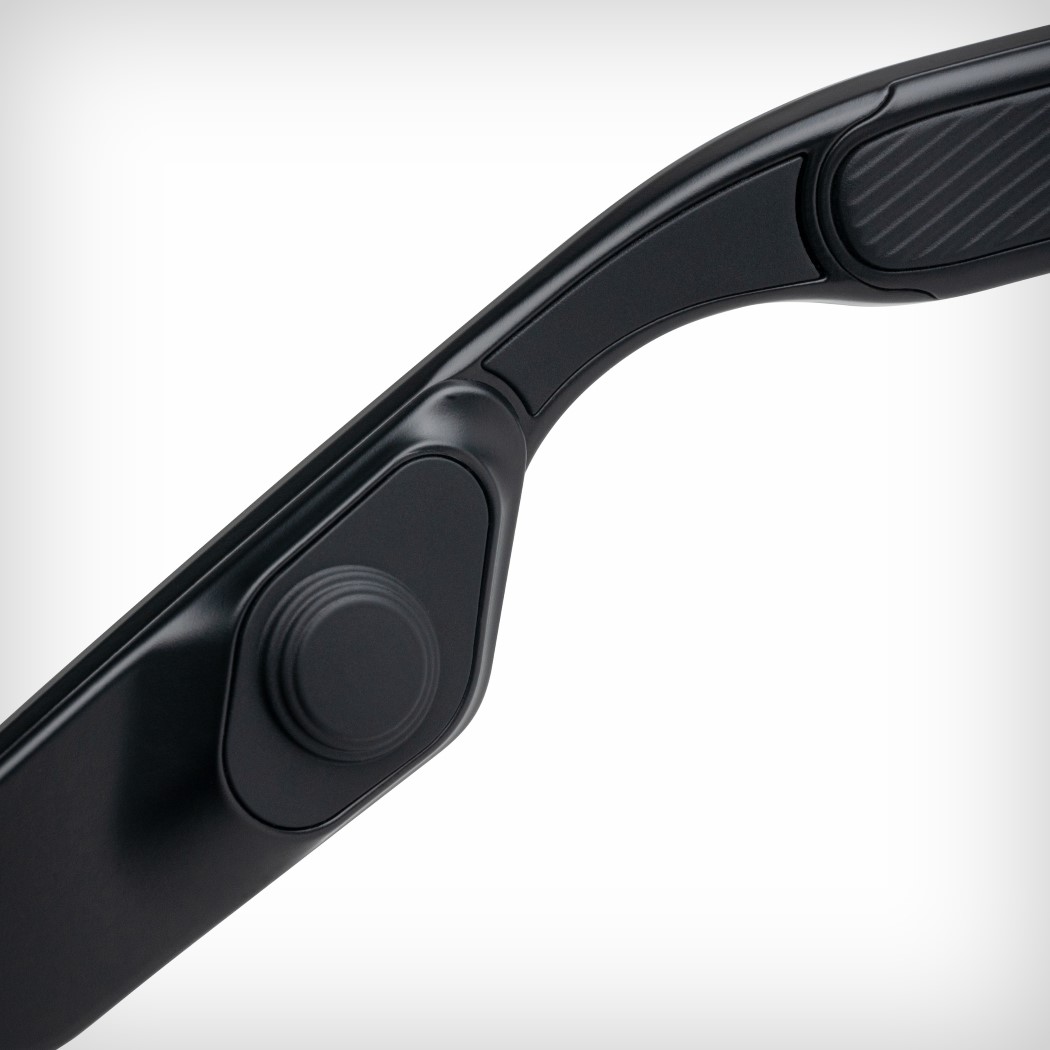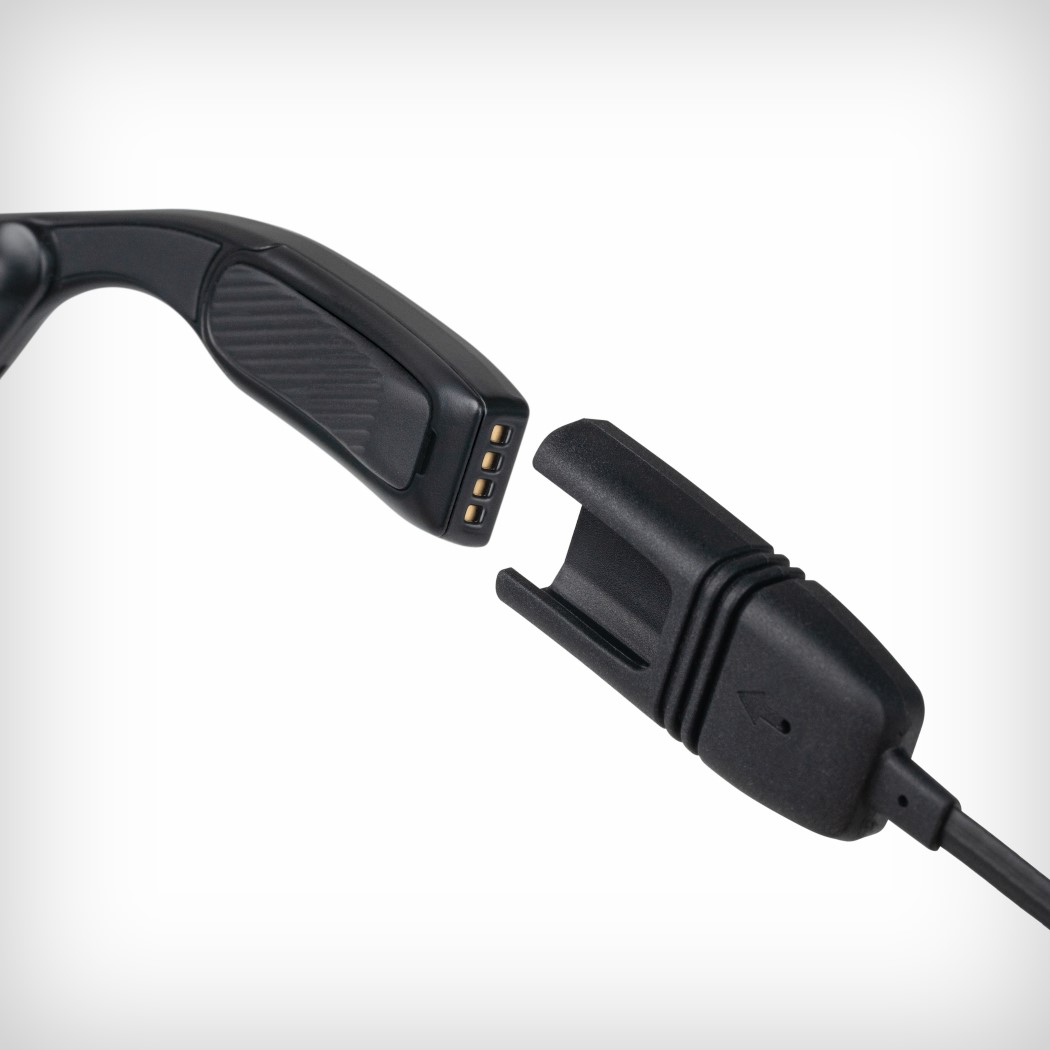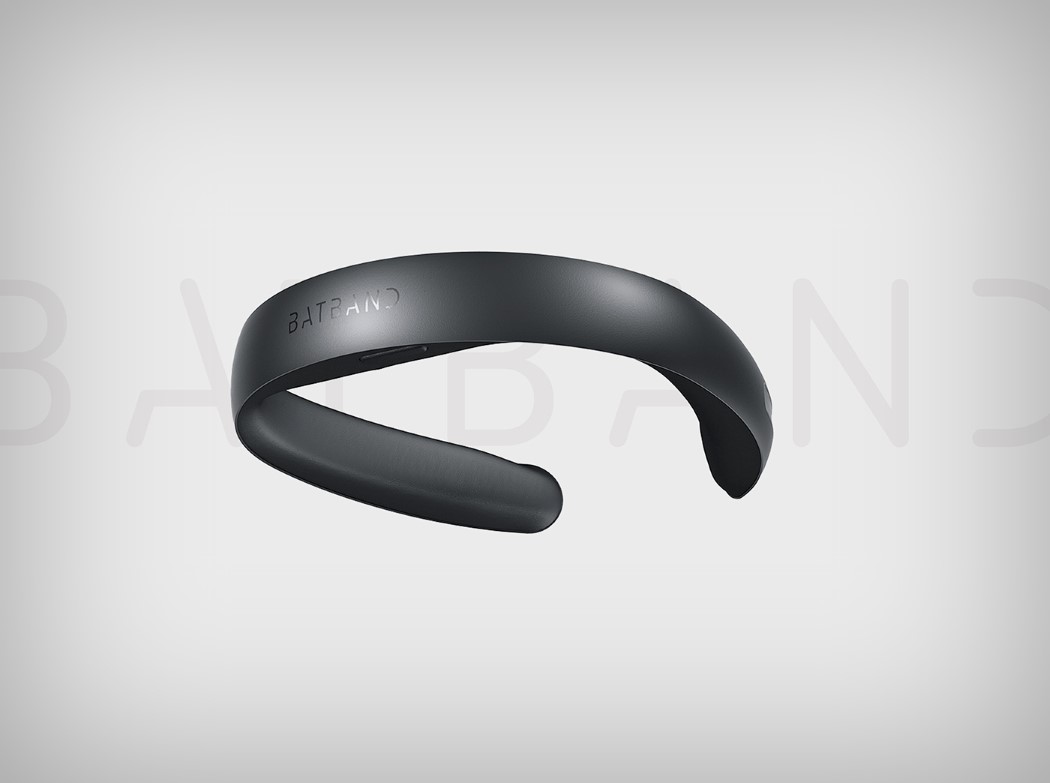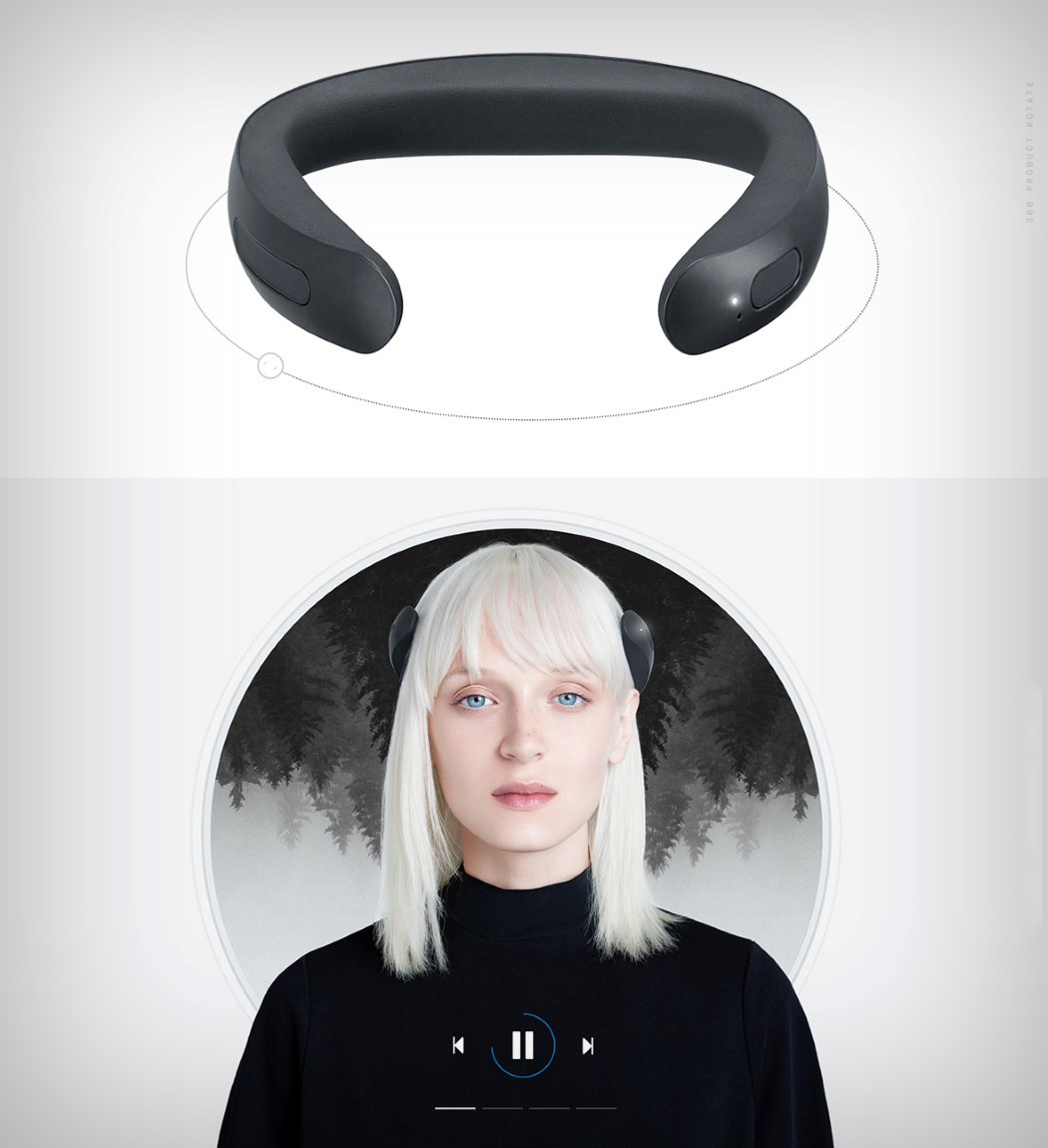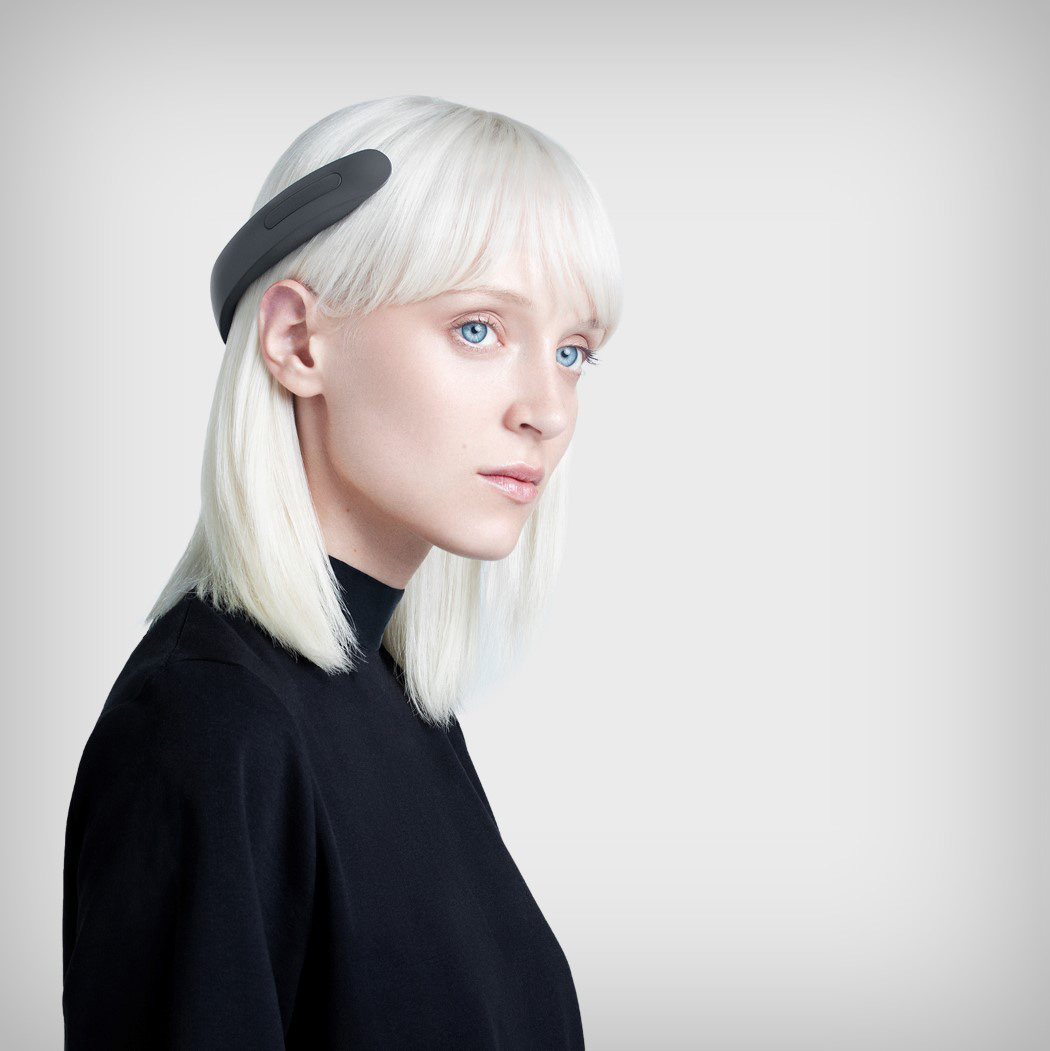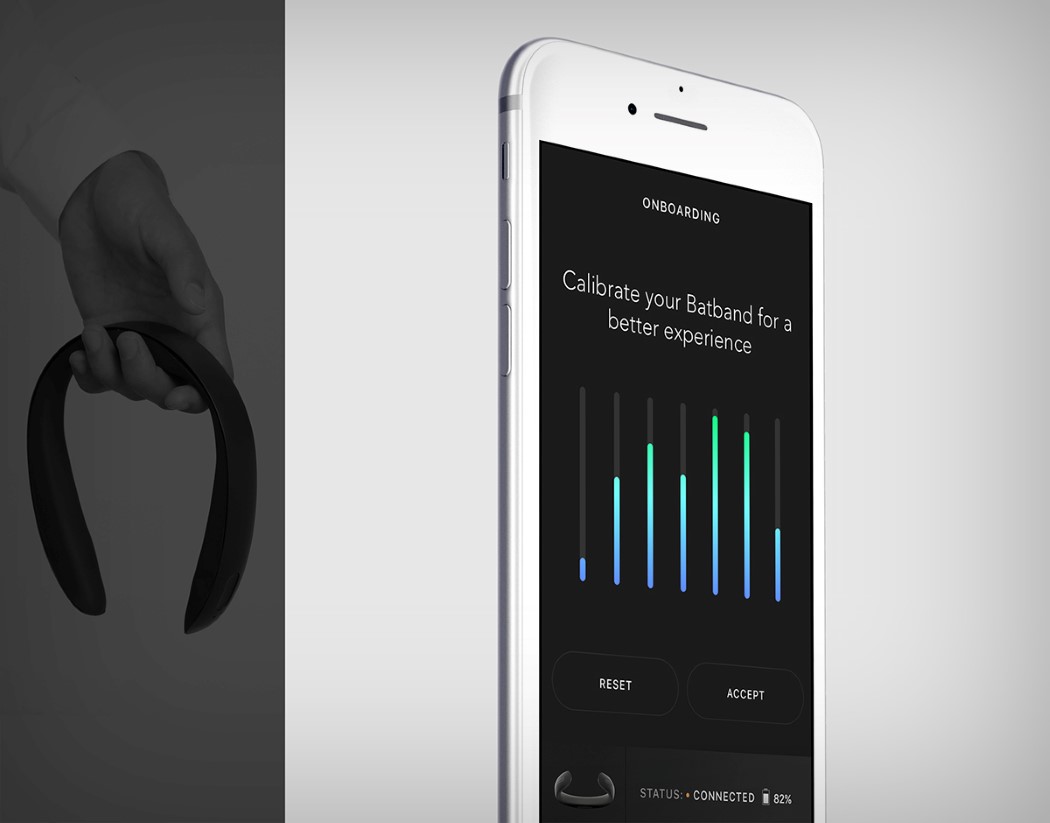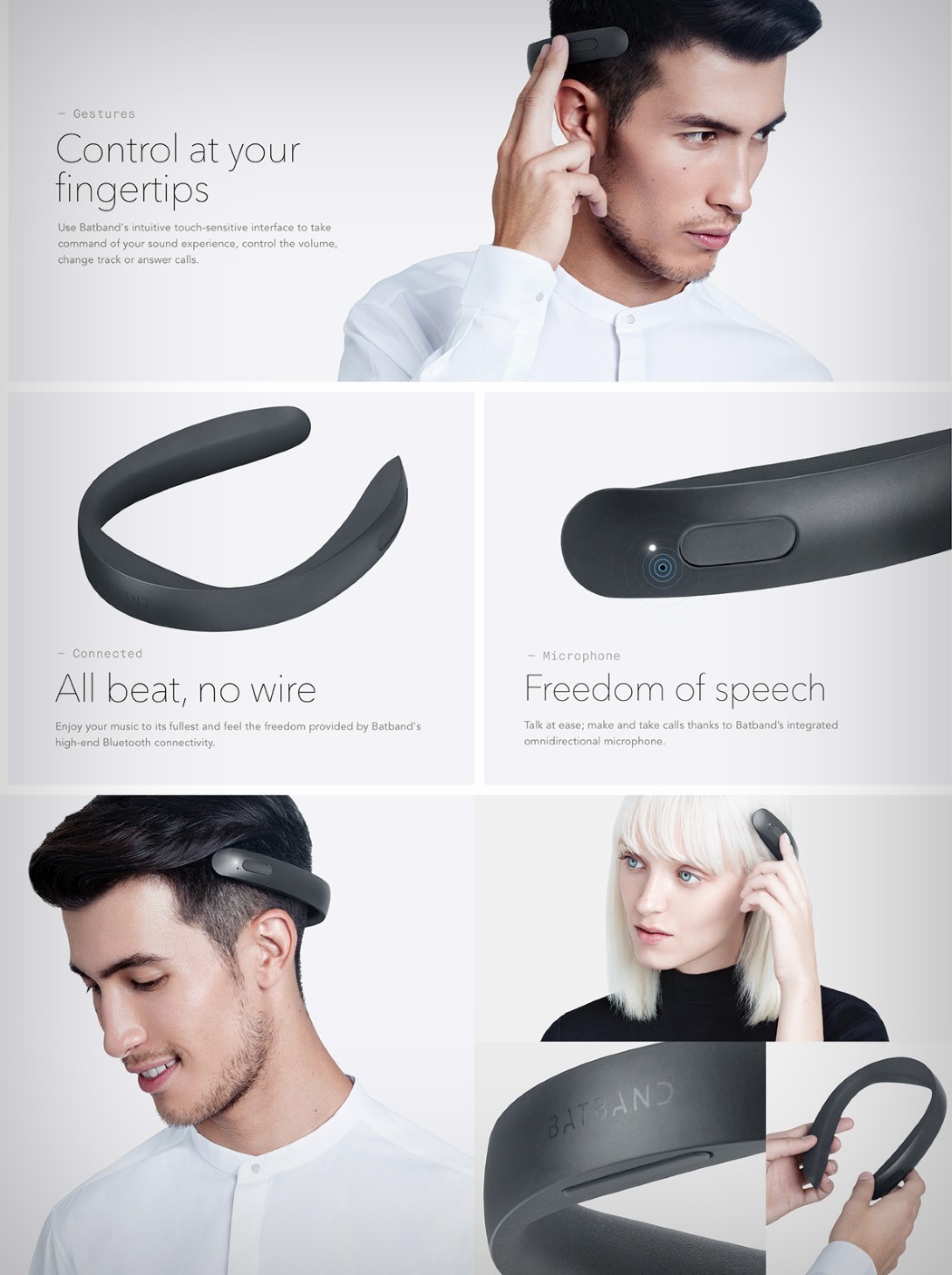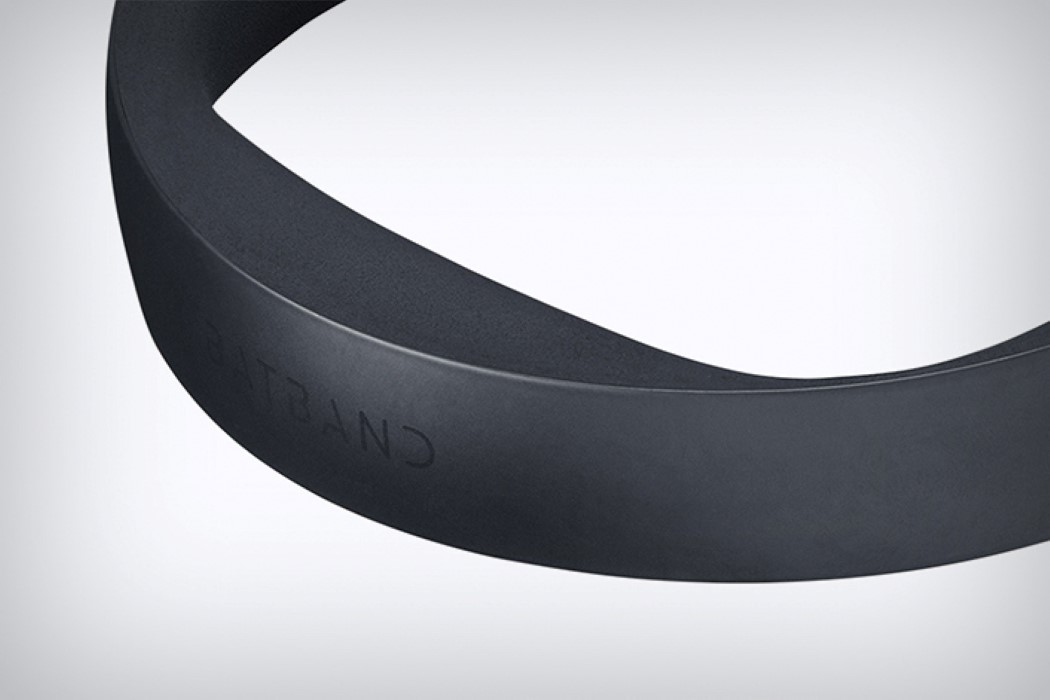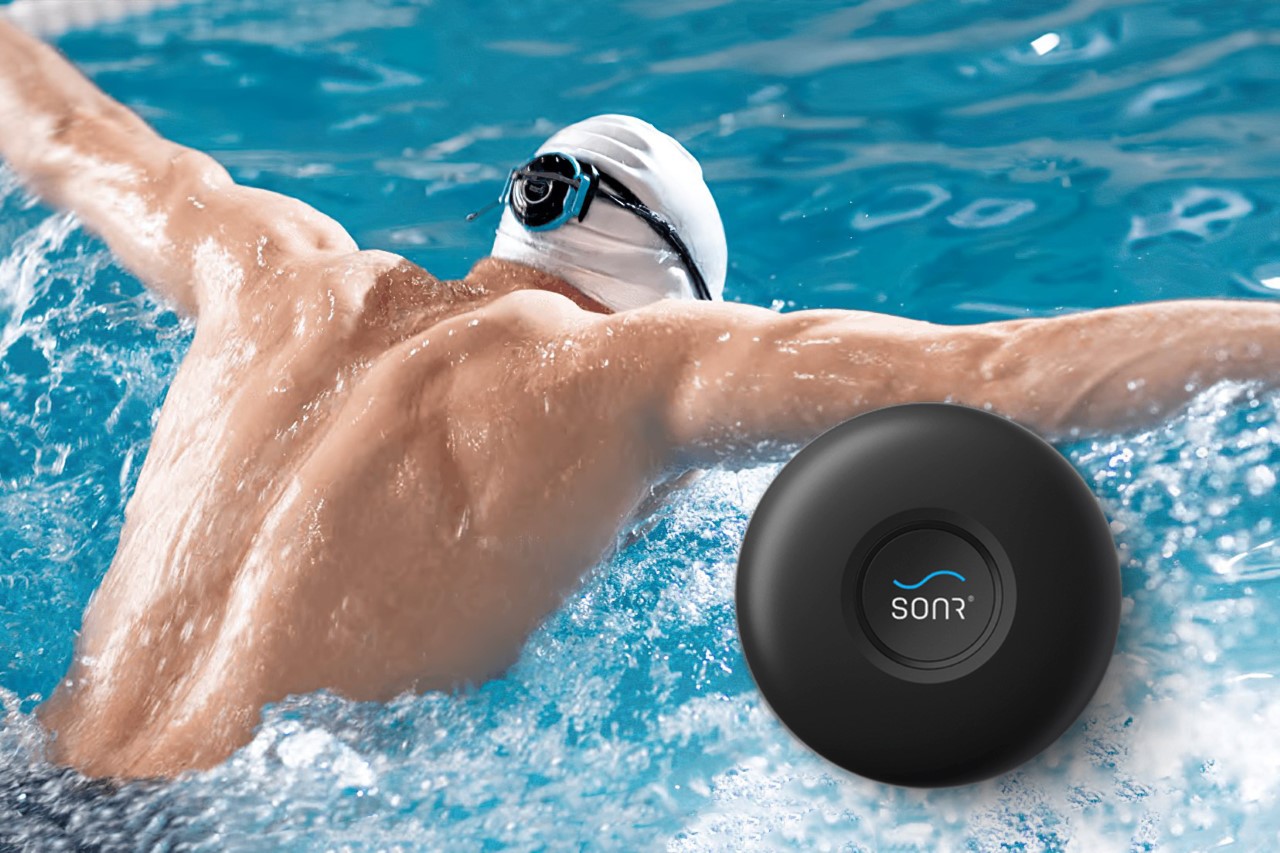
Swimming remains one of the most top-tier exercises, providing full-body cardio, resistance training, and the ability to stay cool while exercising all in one shot. However, it has one big disadvantage – you can’t listen to music while swimming. “One of the issues that swimmers face during workouts is that swimming sometimes can get monotonous. Over time it becomes quite boring to swim from one side of the pool to the other,” say the designers behind SONR, the world’s first swimming-focused audio device. Designed to be the swimming equivalent of popping AirPods in while hitting the gym, the SONR Music is a unique wearable designed to help swimmers listen to music, podcasts, and instructions while underwater. The puck-shaped device slides underneath your cap or goggles, sitting firmly against the back of your skull and uses bone-conducting technology to deliver audio to you. It’s designed to make you ‘hear’ audio by delivering vibrations to your inner ear via the bones in your skull. That means your ears remain free to either stay open or to wear earplugs while swimming.
Designer: SONR Inc.
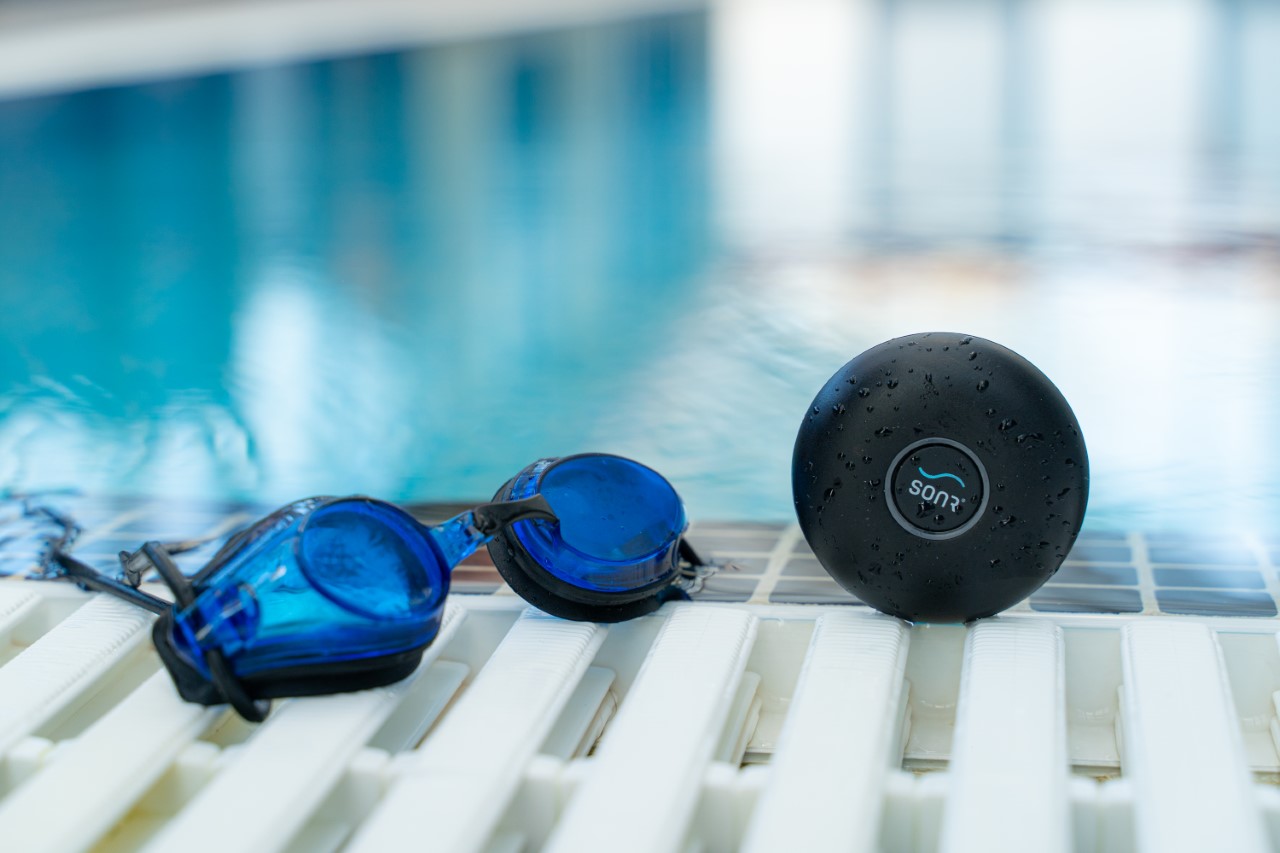
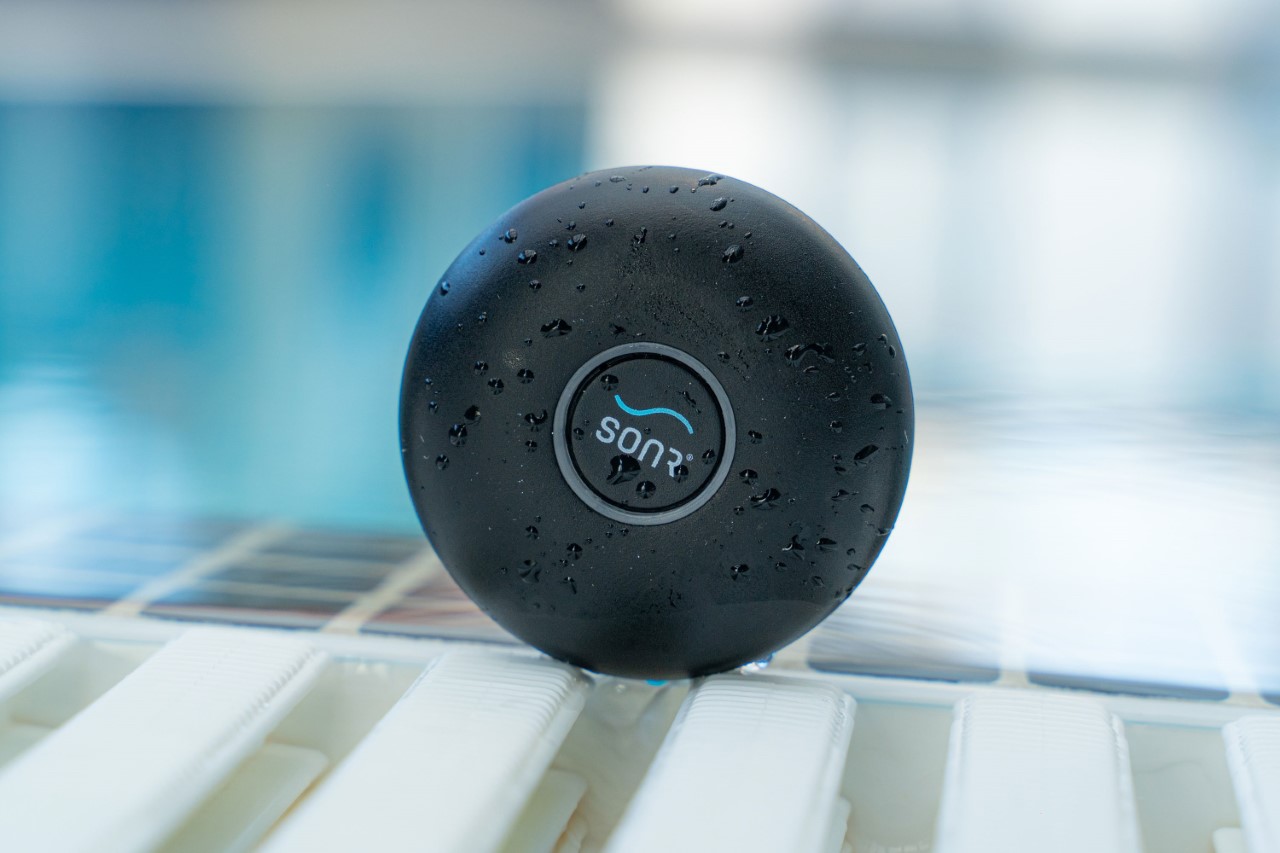
SONR’s journey started with the eponymously named flagship device, which focused on allowing swimmers to listen to their trainers/instructors while swimming. Paired with a walkie-talkie that delivered the trainer’s speech in real-time, SONR allowed the swimmer to hear their coach even while moving through water. The SONR Music takes its predecessor’s technology and builds on it by adding Bluetooth functionality to the device. Pair it with your phone and the SONR Music lets you listen to tunes or podcasts while you swim. Create a playlist and you could be in the water for hours without getting bored… or have your workout/performance affected by intrusive, negative thoughts that could decrease your motivation and focus.
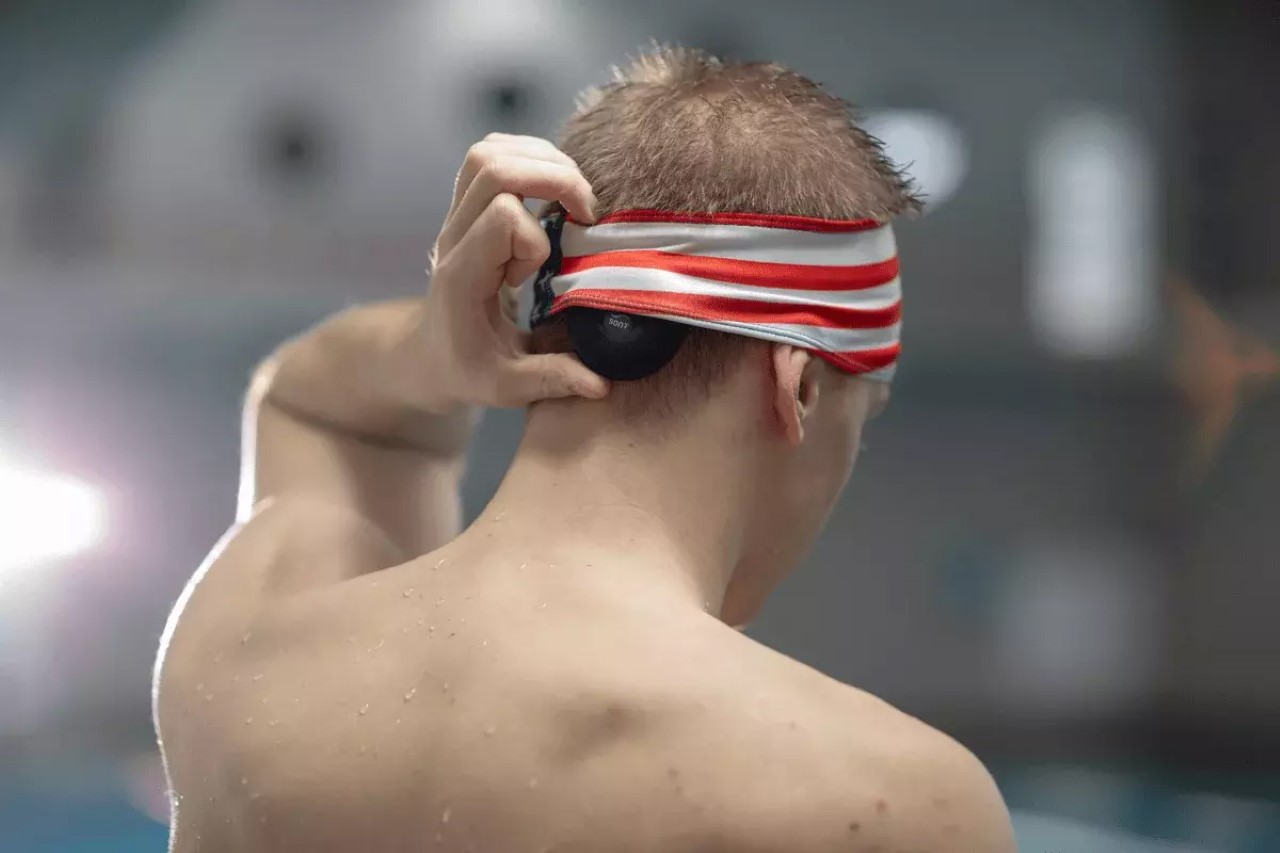

The SONR Music’s one-size-fits-all design makes it perfect for virtually anyone. It slips right under your cap or the strap of your goggles, and in just minutes, you’ll forget it’s even there. The device plays audio by delivering vibrations directly to your inner ear by circumventing the eardrum altogether. You can hear music while also listening to noises around you, or wear earplugs to hear your music/podcasts better. The device is designed to be water-resistant up to 5ATM, and here’s the kicker – it works just as well on land too, allowing you to use it while cycling, trekking, and exercising. Conversely, you could also use it while surfing or paddleboarding.

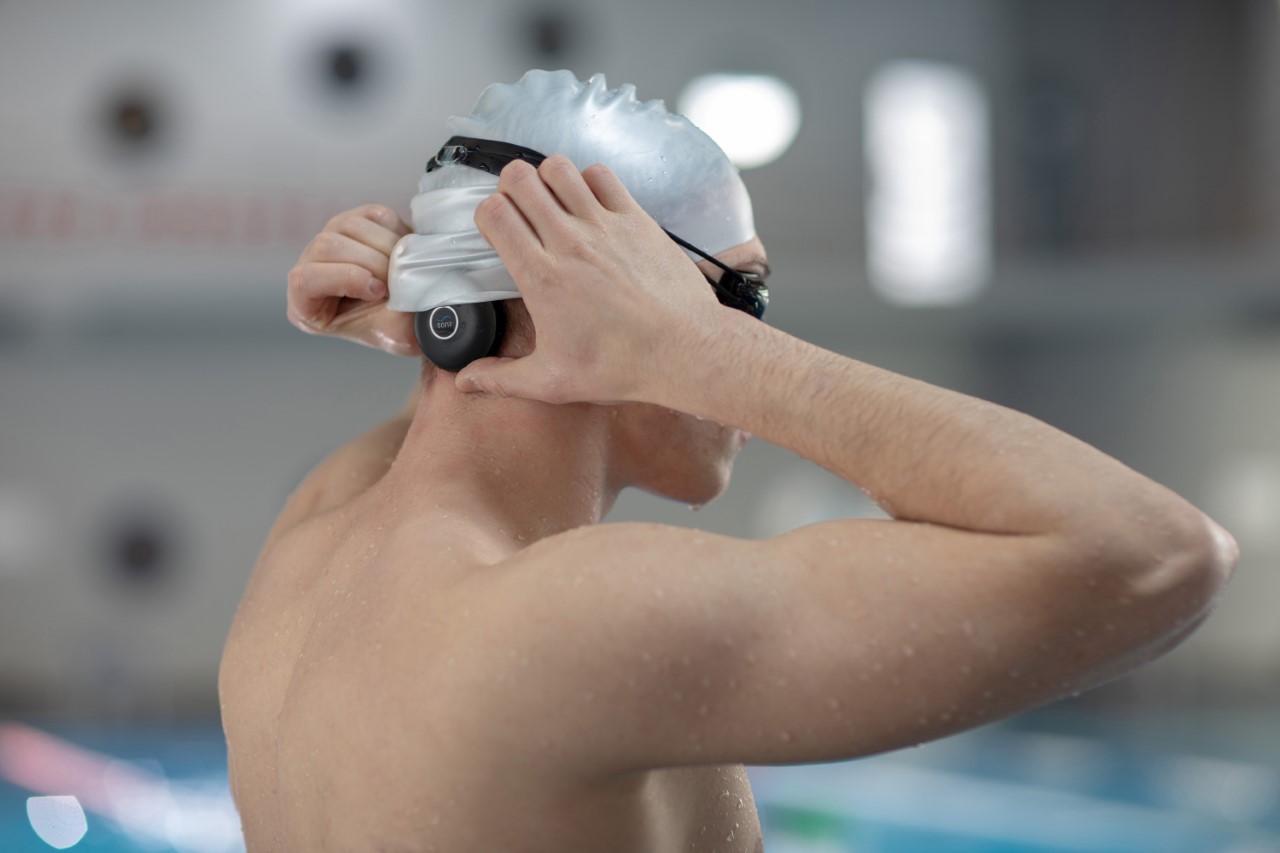
The SONR Music works with locally-stored files too, offering up the ability to swim in larger pools without having your Bluetooth connection stutter or falter. Athletes can directly store audio files (music, podcasts, motivational audio) onto the SONR Music and have them play back while swimming. The device has a battery life of 8 hours, and a built-in memory of 8Gb. Each SONR Music ships with a goggle clip, USB charging cable, and swimming earplugs.
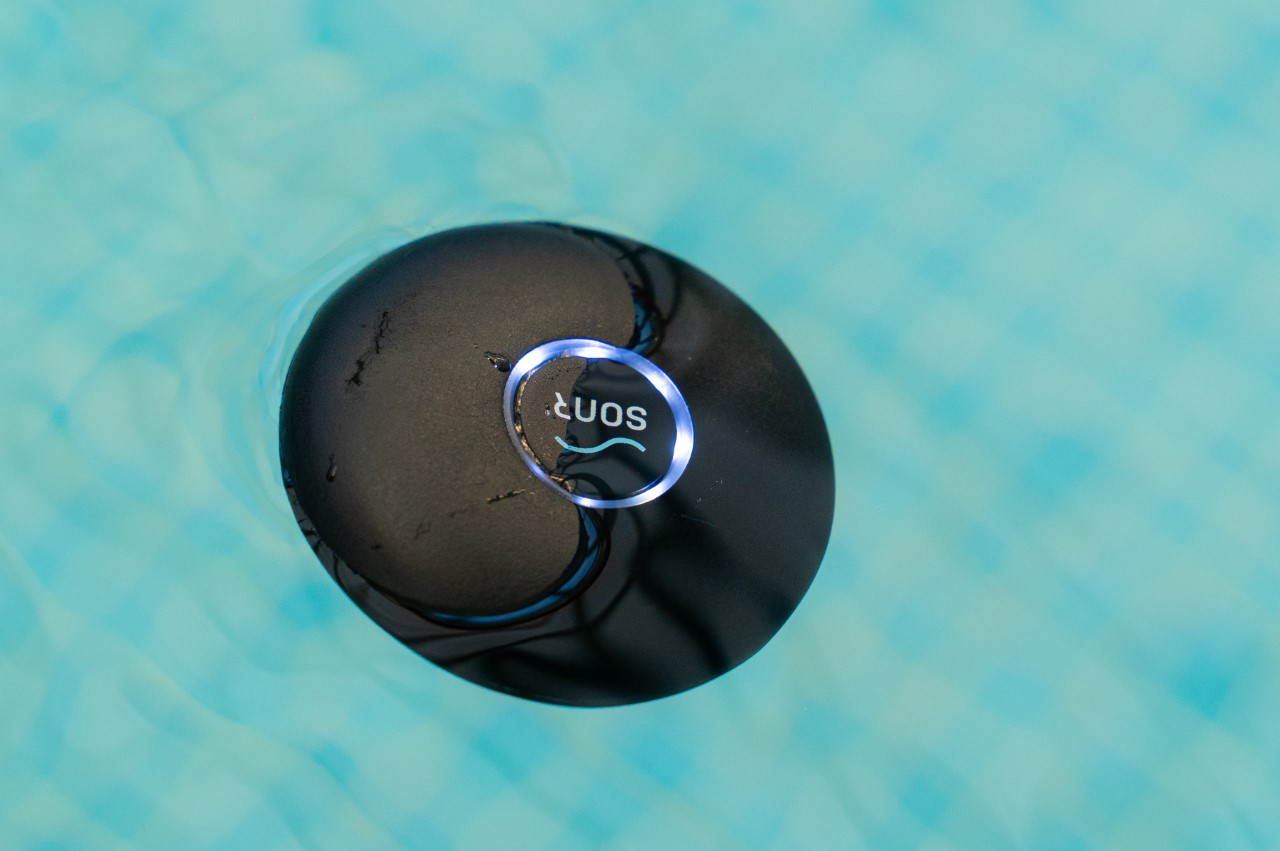


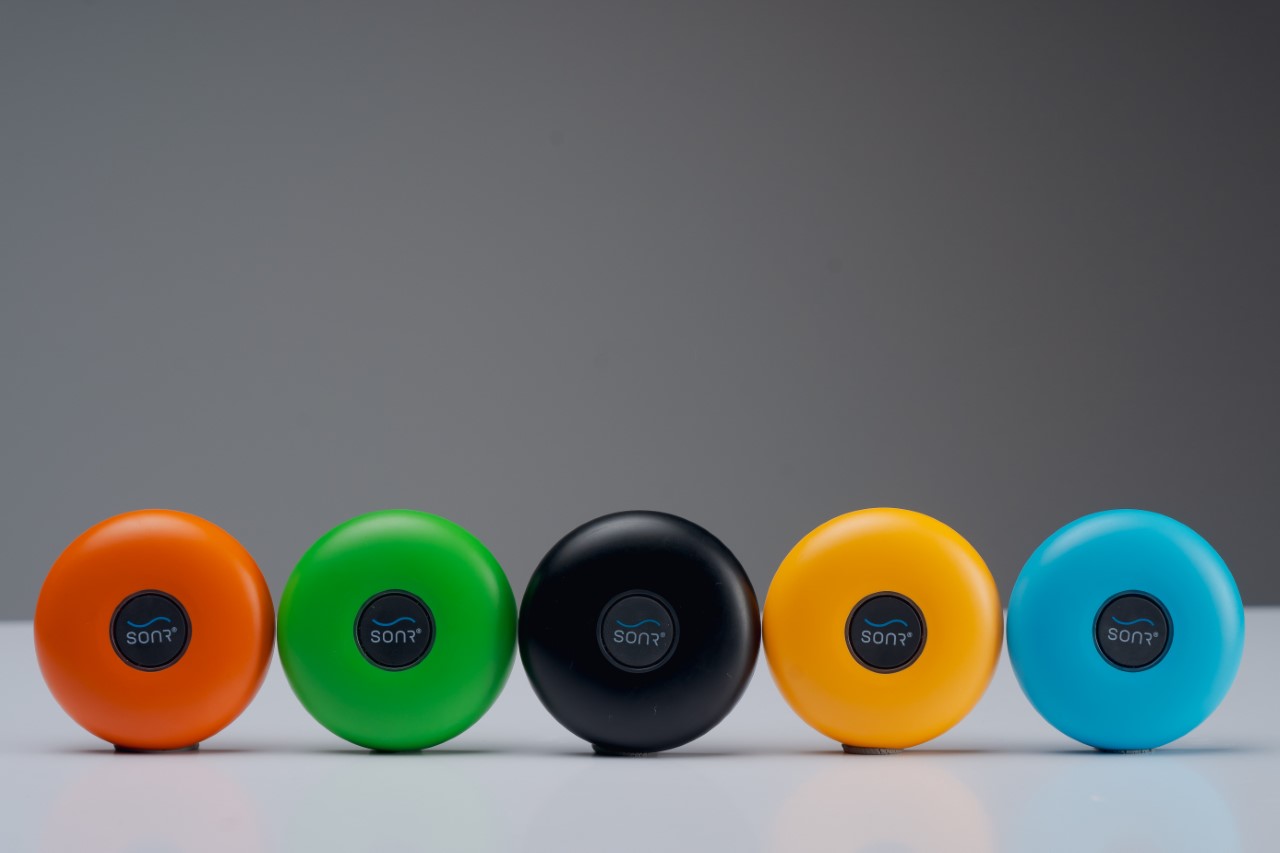
The post Unique bone-conducting wearable allows swimmers to listen to music and podcasts underwater first appeared on Yanko Design.
